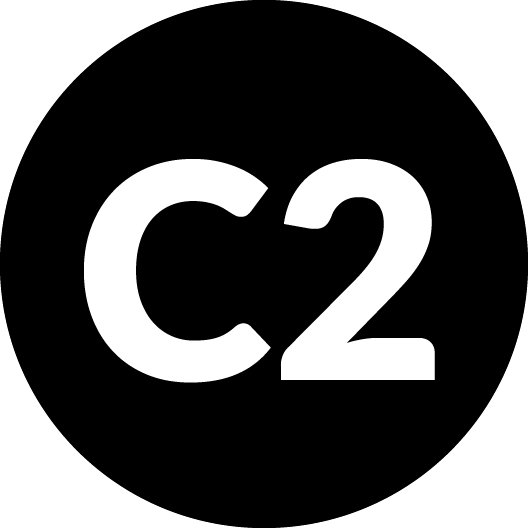As the world has seen a great rise in sustainability and environmental consciousness, it has created many more socially aware and intentional consumers. Due to this we have seen an increase in the demand for sustainable products. This should encourage companies to invest in making their supply chains more and more sustainable but also poses the risk of “greenwashing” for companies looking to cut corners.
“Greenwashing” is when a company misrepresents their environmental credentials, to attract a wider range of consumers and investors. This poses a danger to companies and consumers who may struggle to differentiate between organisations genuinely endeavouring to improve their ESG credentials and those simply looking to ‘Greenwash’ to make it look like they are.
Over the past decade there has been many greenwashing scandals that have shocked the media and caused regulations to become more stringent. Companies are looking to take extra care and intentionally structure and design advertising campaigns or product labels, to ensure that they aren’t misleading their customers.
Examples of “greenwashing”
Recently in 2019, Ryanair, European Airline, found themselves in hot water when advertising that they have “the lowest carbon emissions out of any major airline in Europe”. At the time these claims were based on “C02 emissions per passenger per kilometre flown” but their research was found to be from 2011 and did not consider seat density, as in how many passengers were on the plane. By using old data and irrelevant metrics Ryanair was at risk of misrepresenting there ESG proposition and led to the company being accused of greenwashing.
In September 2015 Volkswagen (VW) admitted to installing defective devices in 11 million vehicles to falsely achieve standards set by emissions tests. They were advertising “clean diesel vehicles” but by doing this they mislead their consumers to thinking that they were “eco-friendly”. When in fact they were using diesel engines that did not aid to their environmental proposition. This led to a greenwashing accusation and impacted the credibility of the company.
Both examples show how companies greenwashed their customer to believe construed information. Greenwashing can be a tricky subject because in many cases it happens without the knowledge of the company, as they may not understand how to market their environmental credentials in a completely truthful way.
One of the main after affects that companies caught greenwashing feel, is reputational damage. Ryanair and VW felt these affects through drops in share prices and less consumer demand in the following months. Many clients became less inclined to partner with these companies as there was a loss of trust between the company and consumer or investor. Trust within business is a valuable asset and once broken it is difficult to restore. We are finding that businesses who are understanding the value of trust are taking extra precautions to prevent greenwashing at all costs.
With all the cases of greenwashing happening now. It is important for investors to understand a company’s ESG risks when deciding whether to invest and for the companies themselves need to understand their own ESG risks so that they don’t exaggerate their sustainability claims to consumers. If these risks are not identified companies and investors may severely damage their credibility.
What C2 provides
To combat “greenwashing”, investors and companies need to identify and remedy ESG risk in their investments or their supply chains. C2’s platform exposes these risks for our clients and creates a comprehensive ESG score that will help them streamline decision making.






